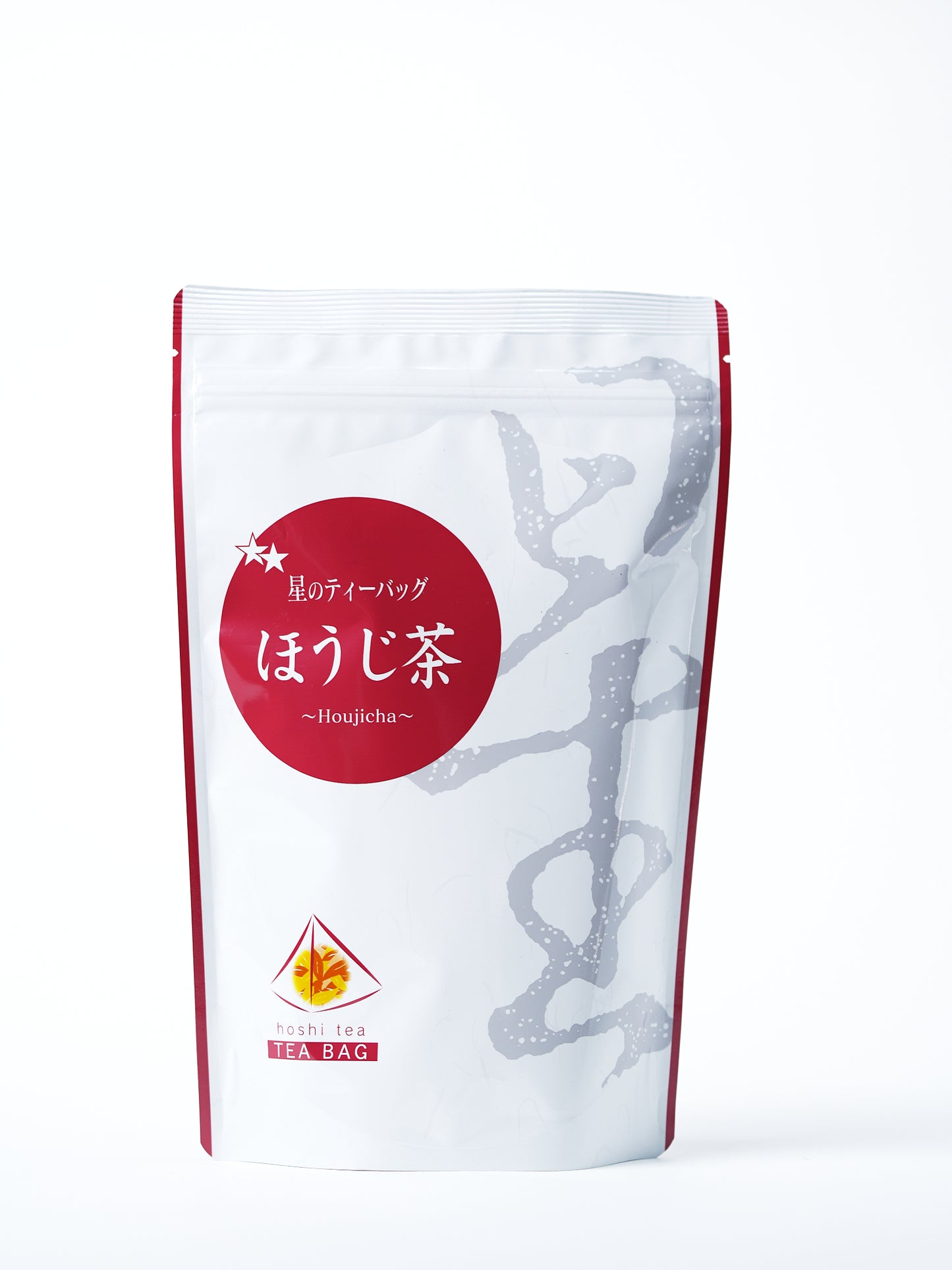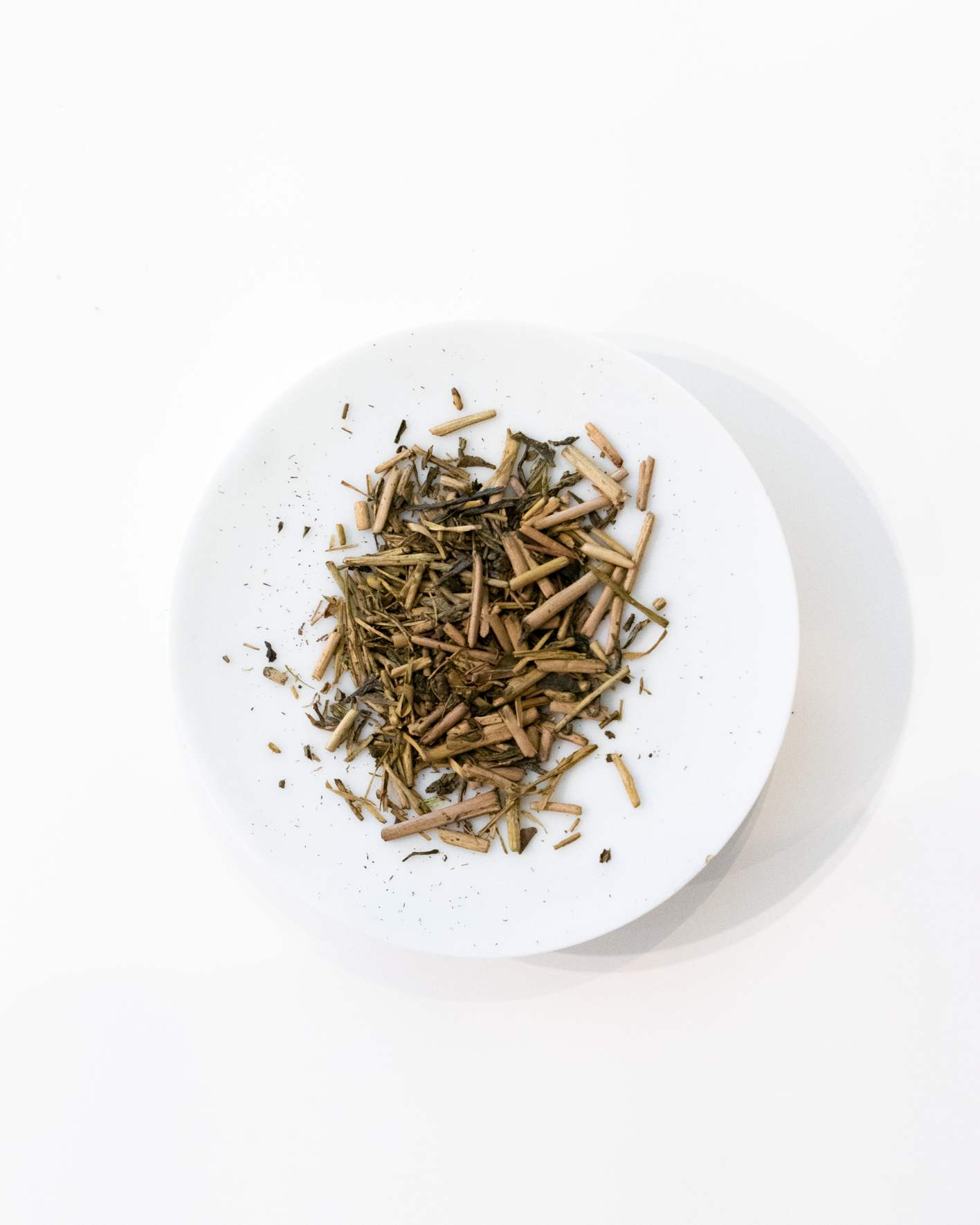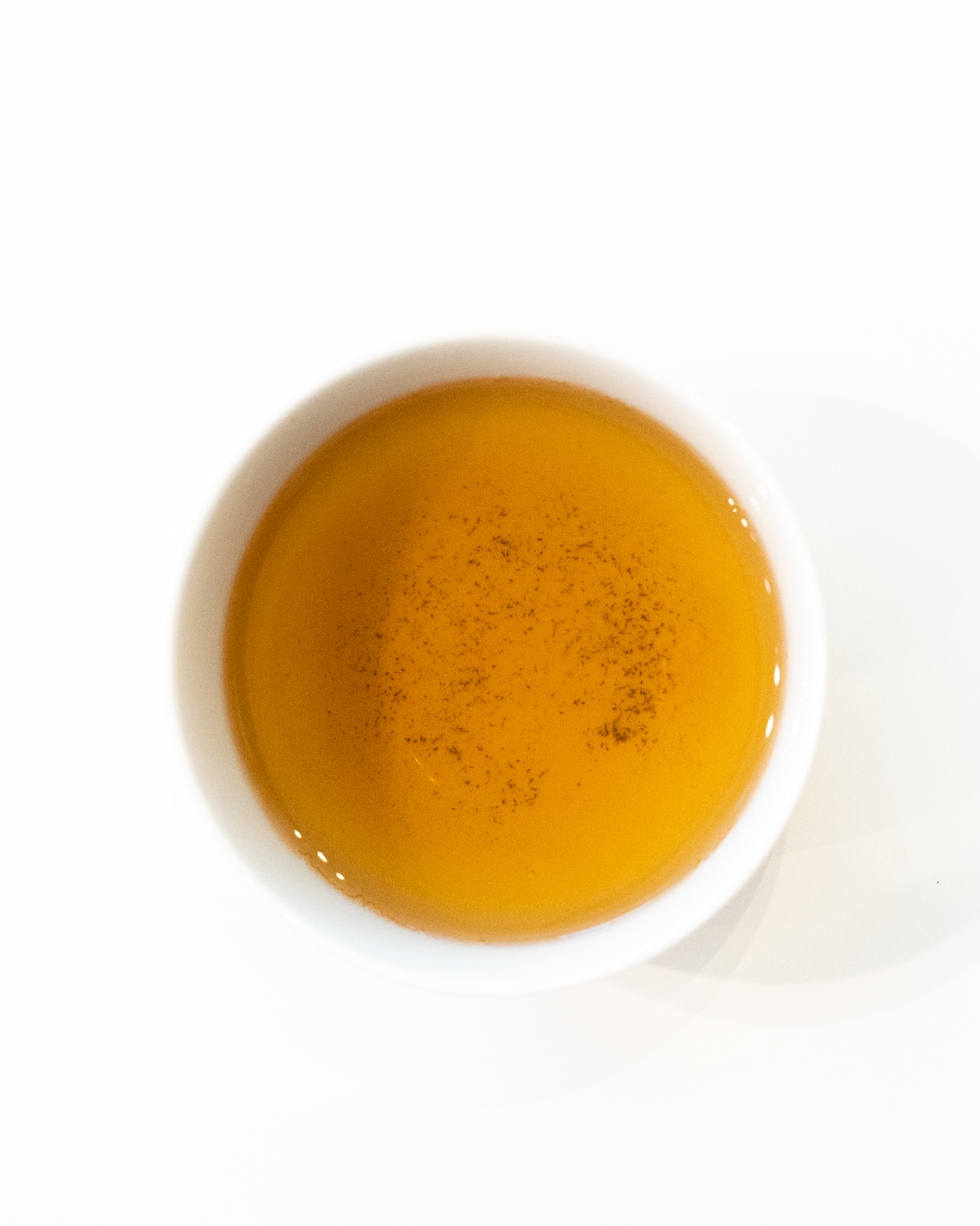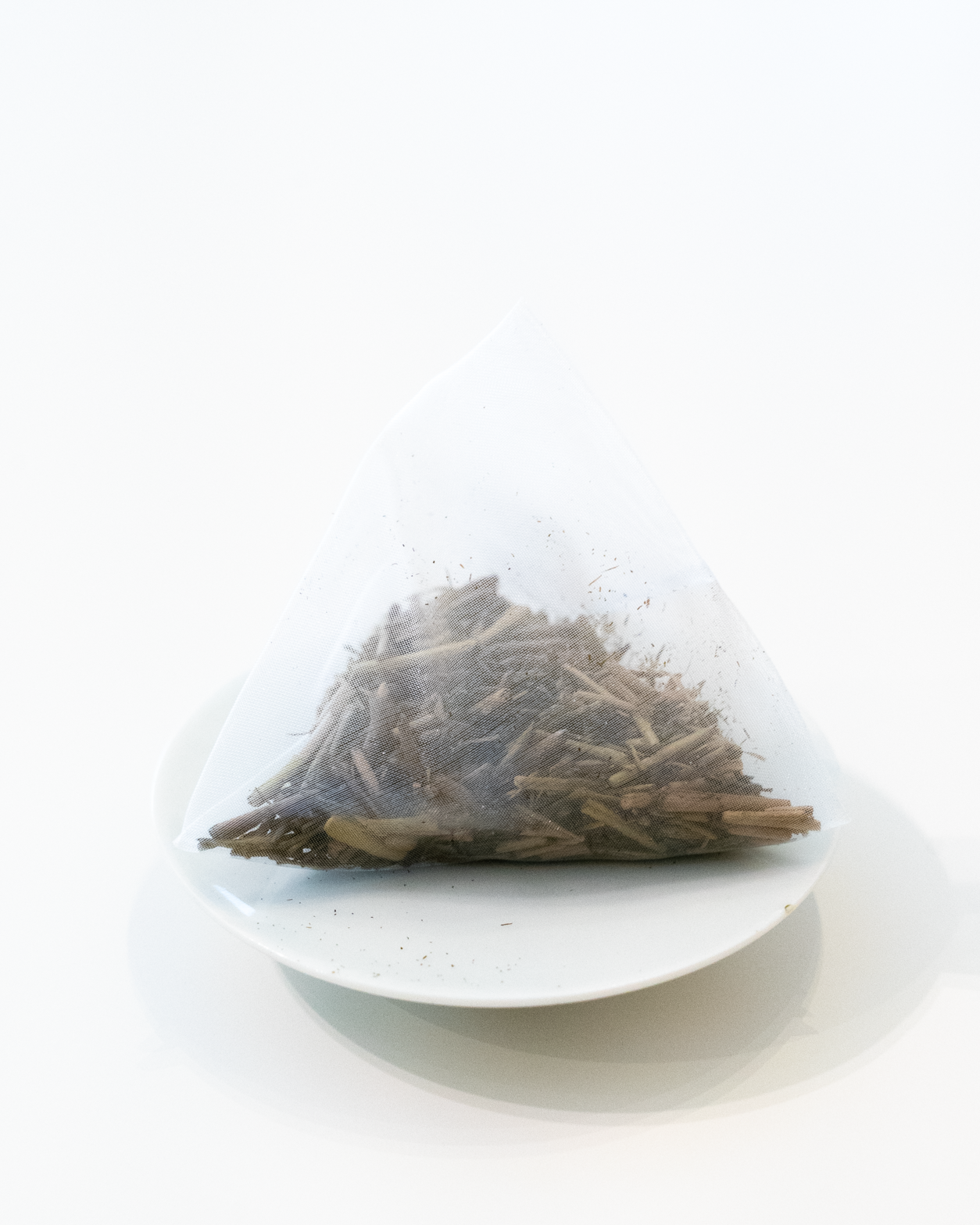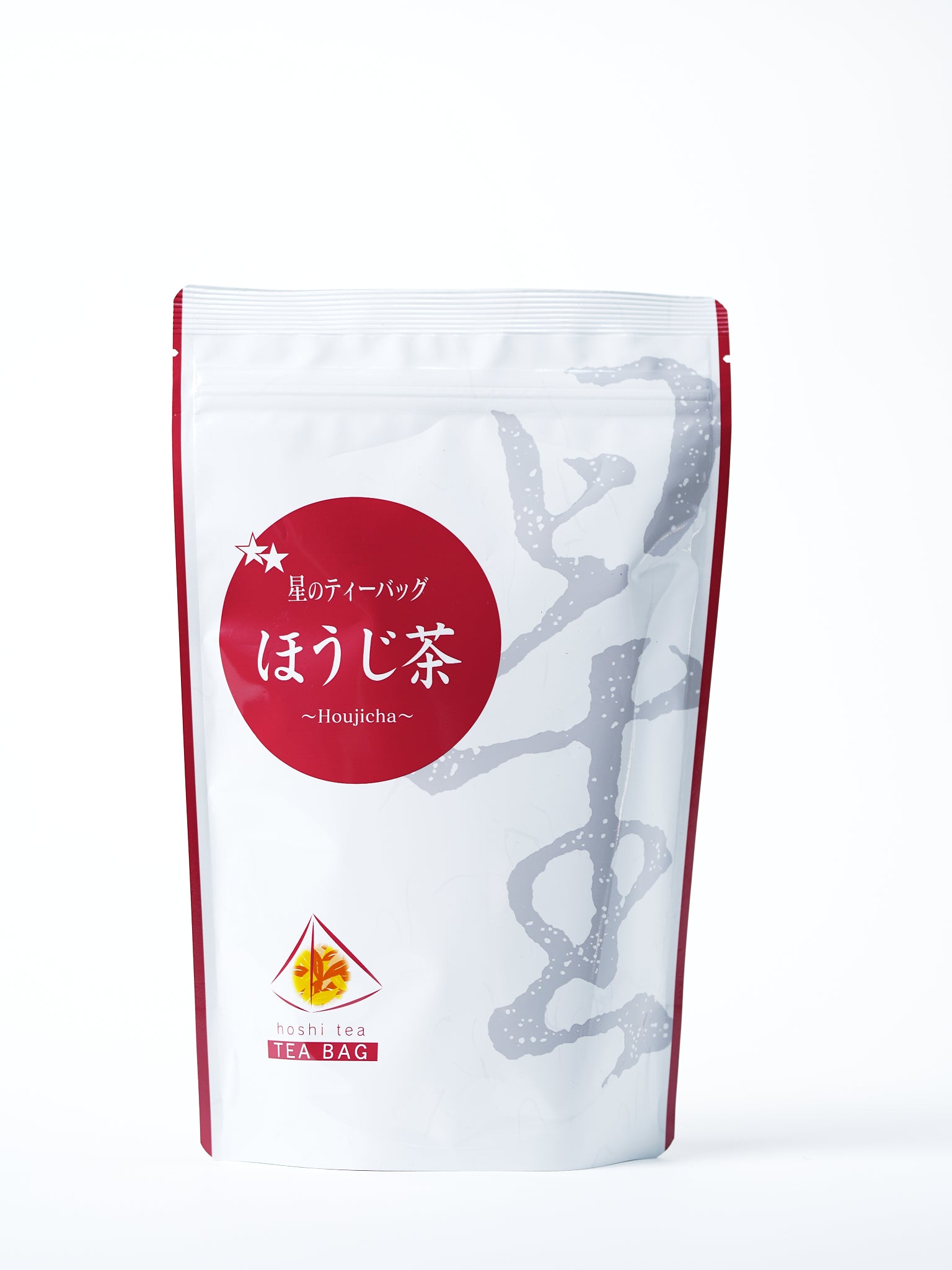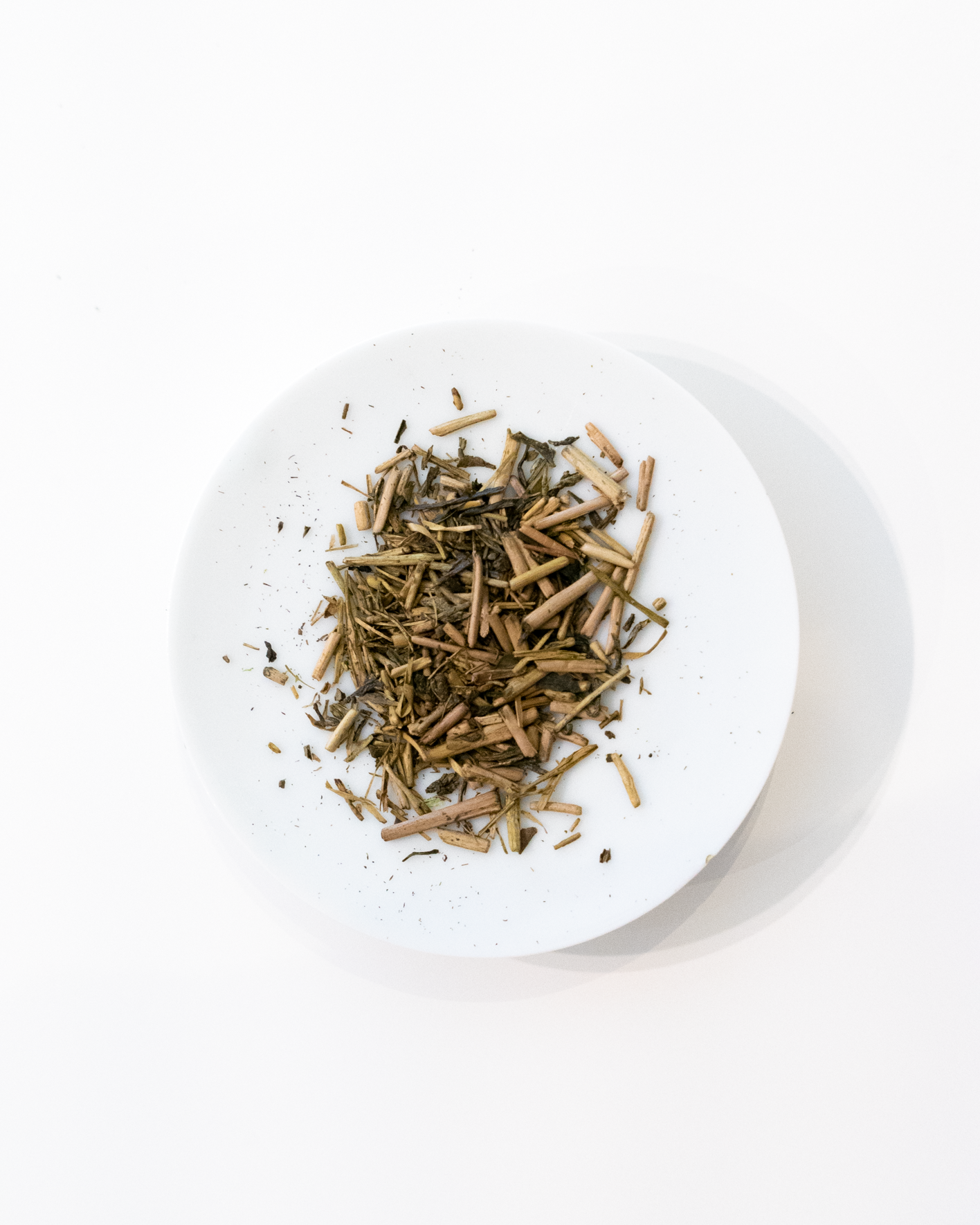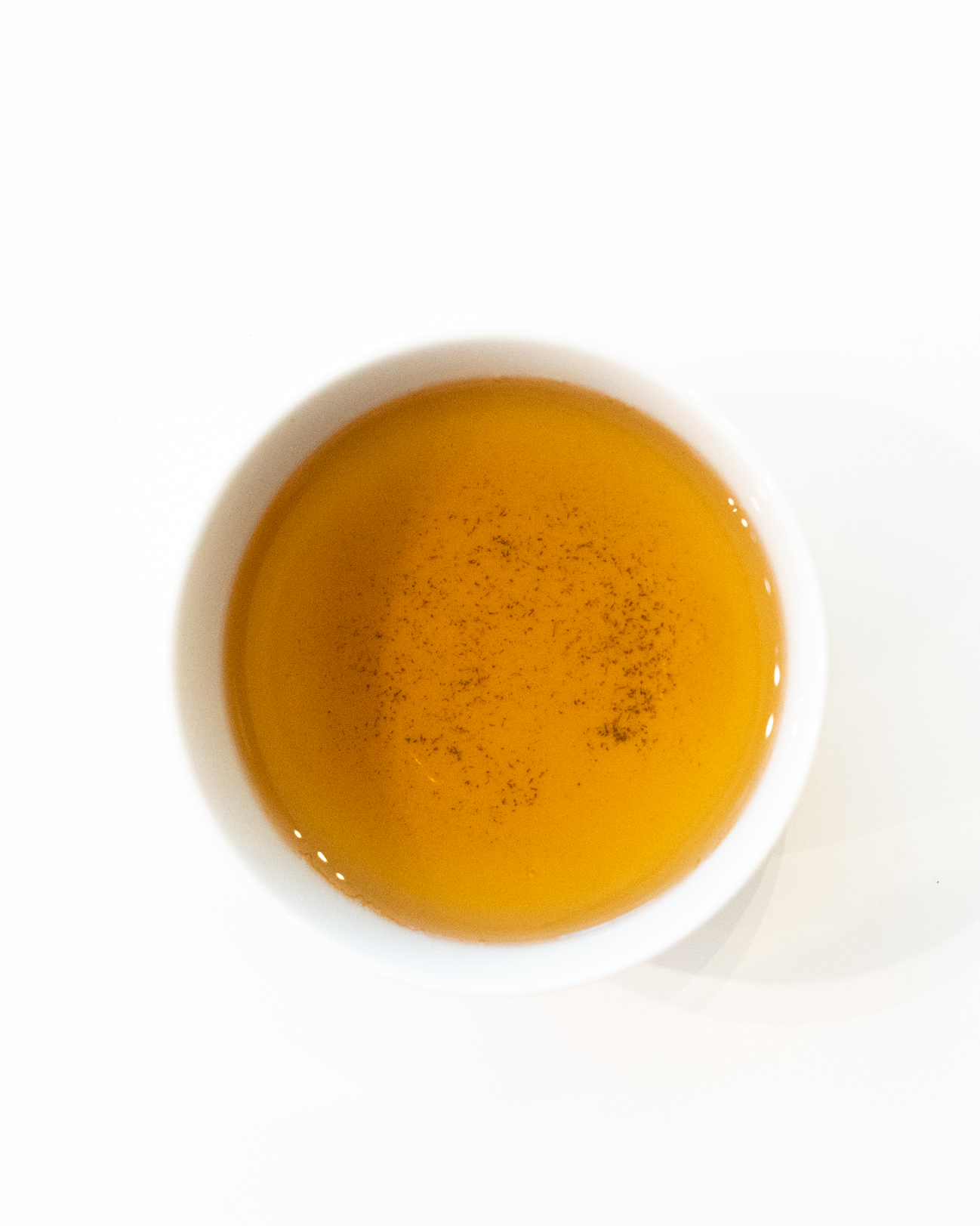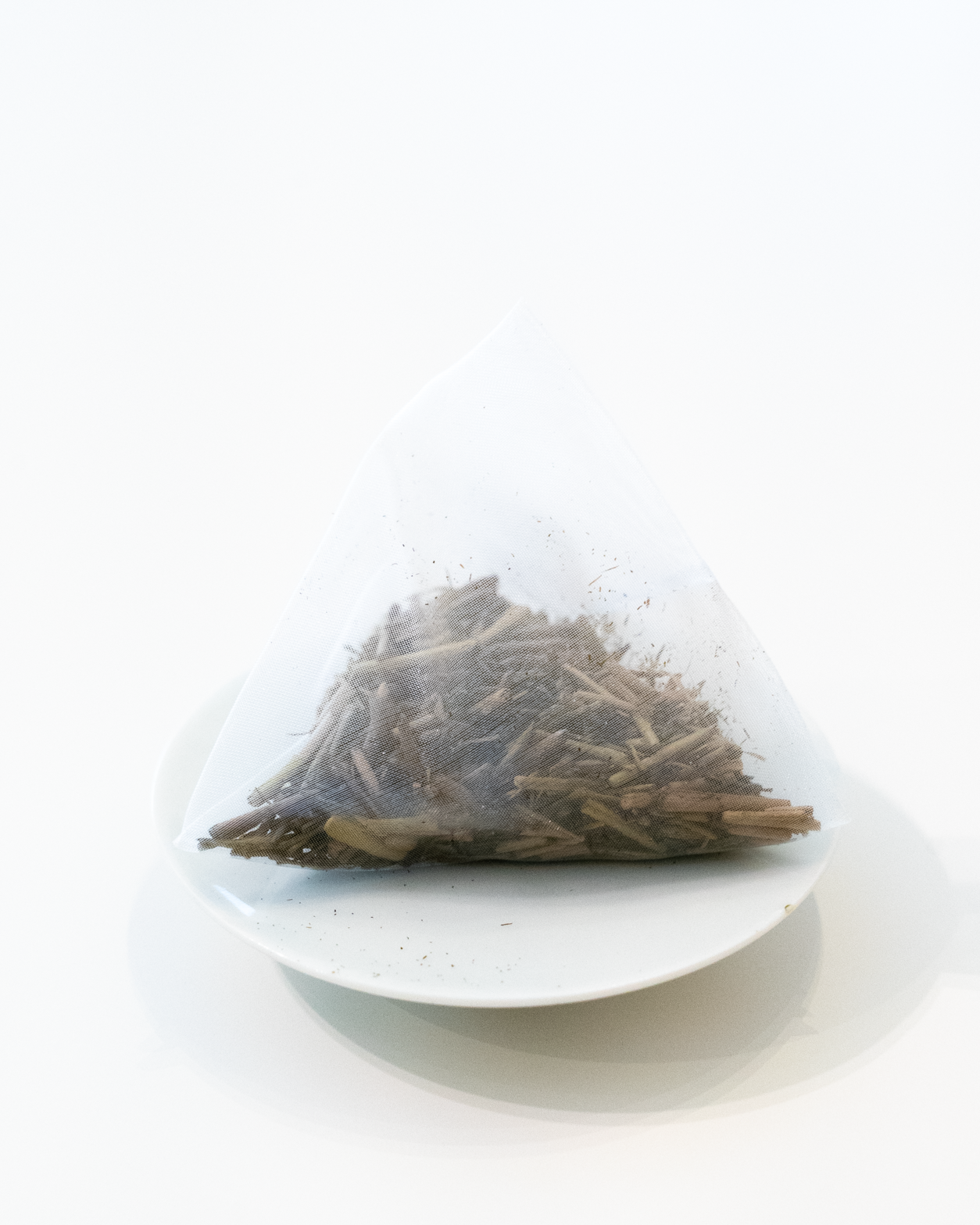1
/
of
4
Tea Master of Little Tokyo
Houjicha - Roasted Green Tea Bags
Houjicha - Roasted Green Tea Bags
Regular price
$20.00 USD
Regular price
Sale price
$20.00 USD
Unit price
/
per
Couldn't load pickup availability
ABOUT:
What draws so many tea drinkers to Japanese green tea is the vibrant, fresh—even
vegetal—taste. Many common green teas, like matcha or sencha, result in a verdant
green liquor in the bowl, cup or teapot that hints at these bright, sometimes grassy
flavors. Where green teas from China and some other producing countries often pan-
fried to stop the oxidation process, Japanese green tea producers steam their teas,
which preserves much of the bright green colors and flavors we associate with Japan’s
teas. There are, however, other teas that run contrary to abundance of green coloration
and vegetal taste in the Japanese tea world. Where Japanese homes and restaurants
often serve non-camellia sinensis tisanes like the lighter brown Sobacha (a non-
caffeinated tea made from buckwheat often served hot, closer to bedtime as a relaxant)
and darker brown Mugicha (another non-caffeinated tea made from barley and often
served cold in the summertime), the most common brown-colored tea in Japan is
Houjicha—which, ironically, is a green tea.
Literally ‘roasted tea’ (焙じ茶), houijcha follows the same steps of production as other
Japanese green teas (plucking, steaming, rolling, drying) but adds one key step at the
end: roasting. The time, temperature and method for roasting will vary but the result is a
green tea that is far more mellow in taste and brownish in appearance (both the leaves
and the liquor). While occasionally, a restaurant or individual might conduct this roasting
step on-site using a ceramic pot (Houroku 焙烙) many producers— including
Hoshinoen, which makes our roasted green tea bags—roast the teas themselves so
they are ready to brew. In addition to the convenience and quality of our other bagged
teas, what our guests at Tea Master love about our houjicha roasted green tea bags is
that they offer a ‘different’ way to enjoy Japanese green tea. Each bag contains both
leaves and twigs (kukicha 茎茶) of the tea plant and results in a brew that has a nutty
taste and caramel coloration in the glass. Unlike many of our sencha green teas which
are made from shincha (新茶or new tea) picked in the spring, our houjicha roasted
green tea bags, like most houjicha, is made from bancha (番茶)or heartier leaves
plucked later in the year, which makes it a more affordable tea to buy as well as a more
forgiving tea to brew. It’s cost effectiveness as well as its relaxing taste and humble
qualities as an alternative green tea option are all reasons why Houjicha is a mainstay
at Japanese restaurants and homes—as well as for many of our regular guests at our
matcha café and green tea shop in Downtown Los Angeles.
PREPARATION:
A soothing tea for all seasons, our houjicha roasted green tea bags come in both large
(four grams)—better for pots/pitchers to be served to multiple people—and small (2
gram)—ideal for cups/mugs for individual enjoyment—sizes. Depending on how the tea
is prepared, the caffeine kick from houjicha can be much more mellow and is one
reason why it’s a tea that’s often served before bed or to elderly drinkers as well as
children.
Whether brewed with hot water, poured over ice, put in the fridge, or simply added to
any temperature water to bring on the go, our houjicha roasted green tea bags allow for
some of the most varied brewing styles while still resulting in a soul-rejuvenating tea.
Some of our guests use one bag for hot brewing (in a mug or small tea put) and two
bags for cold brewing in a larger pitcher overnight but we’ve found that one bag, even in
a larger pitcher can do the trick. Sometimes the sediment from this tea can gather at the
bottom of a pitcher when cold brewing, so shaking or stirring can help even the taste
out. No need to be delicate or careful with this tea, it’s extremely tough and forgiving
when it comes to brewing parameters. It’s almost impossible to over-steep or brew into
a bitter or astringent tea.
Note that there is no string attached to the end of the larger bags—that is because you
never need to take it out of the water until you’re ready to throw it away. It will not over-
steep. Please visit our FAQ to read more about the difference between bagged and
loose-leaf tea.
We believe every tea is an invitation to enjoy, explore, and educate. We invite
you to be a Tea Master, no matter where you are on your tea journey, and
discover a way to prepare this tea that works for you and your tea guests.
TASTING HAIKU:
Easy rocking
That solid bronze
Gold harvest
FLAVOR PROFILE:
Richness: 4/5
Bite: 0/5
Aroma: 4/5
Vibrancy: 1/5
Umami: 2/5
ORIGIN:
Yame 八女
Fukuoka Prefecture 福岡県
Kyushu Region 九州
Japan日本
DETAILS:
Size:
20 bags x 4 grams per bag (80 grams total)
Packaging:
Mesh tea bags inside re-sealable plastic pouch
What draws so many tea drinkers to Japanese green tea is the vibrant, fresh—even
vegetal—taste. Many common green teas, like matcha or sencha, result in a verdant
green liquor in the bowl, cup or teapot that hints at these bright, sometimes grassy
flavors. Where green teas from China and some other producing countries often pan-
fried to stop the oxidation process, Japanese green tea producers steam their teas,
which preserves much of the bright green colors and flavors we associate with Japan’s
teas. There are, however, other teas that run contrary to abundance of green coloration
and vegetal taste in the Japanese tea world. Where Japanese homes and restaurants
often serve non-camellia sinensis tisanes like the lighter brown Sobacha (a non-
caffeinated tea made from buckwheat often served hot, closer to bedtime as a relaxant)
and darker brown Mugicha (another non-caffeinated tea made from barley and often
served cold in the summertime), the most common brown-colored tea in Japan is
Houjicha—which, ironically, is a green tea.
Literally ‘roasted tea’ (焙じ茶), houijcha follows the same steps of production as other
Japanese green teas (plucking, steaming, rolling, drying) but adds one key step at the
end: roasting. The time, temperature and method for roasting will vary but the result is a
green tea that is far more mellow in taste and brownish in appearance (both the leaves
and the liquor). While occasionally, a restaurant or individual might conduct this roasting
step on-site using a ceramic pot (Houroku 焙烙) many producers— including
Hoshinoen, which makes our roasted green tea bags—roast the teas themselves so
they are ready to brew. In addition to the convenience and quality of our other bagged
teas, what our guests at Tea Master love about our houjicha roasted green tea bags is
that they offer a ‘different’ way to enjoy Japanese green tea. Each bag contains both
leaves and twigs (kukicha 茎茶) of the tea plant and results in a brew that has a nutty
taste and caramel coloration in the glass. Unlike many of our sencha green teas which
are made from shincha (新茶or new tea) picked in the spring, our houjicha roasted
green tea bags, like most houjicha, is made from bancha (番茶)or heartier leaves
plucked later in the year, which makes it a more affordable tea to buy as well as a more
forgiving tea to brew. It’s cost effectiveness as well as its relaxing taste and humble
qualities as an alternative green tea option are all reasons why Houjicha is a mainstay
at Japanese restaurants and homes—as well as for many of our regular guests at our
matcha café and green tea shop in Downtown Los Angeles.
PREPARATION:
A soothing tea for all seasons, our houjicha roasted green tea bags come in both large
(four grams)—better for pots/pitchers to be served to multiple people—and small (2
gram)—ideal for cups/mugs for individual enjoyment—sizes. Depending on how the tea
is prepared, the caffeine kick from houjicha can be much more mellow and is one
reason why it’s a tea that’s often served before bed or to elderly drinkers as well as
children.
Whether brewed with hot water, poured over ice, put in the fridge, or simply added to
any temperature water to bring on the go, our houjicha roasted green tea bags allow for
some of the most varied brewing styles while still resulting in a soul-rejuvenating tea.
Some of our guests use one bag for hot brewing (in a mug or small tea put) and two
bags for cold brewing in a larger pitcher overnight but we’ve found that one bag, even in
a larger pitcher can do the trick. Sometimes the sediment from this tea can gather at the
bottom of a pitcher when cold brewing, so shaking or stirring can help even the taste
out. No need to be delicate or careful with this tea, it’s extremely tough and forgiving
when it comes to brewing parameters. It’s almost impossible to over-steep or brew into
a bitter or astringent tea.
Note that there is no string attached to the end of the larger bags—that is because you
never need to take it out of the water until you’re ready to throw it away. It will not over-
steep. Please visit our FAQ to read more about the difference between bagged and
loose-leaf tea.
We believe every tea is an invitation to enjoy, explore, and educate. We invite
you to be a Tea Master, no matter where you are on your tea journey, and
discover a way to prepare this tea that works for you and your tea guests.
TASTING HAIKU:
Easy rocking
That solid bronze
Gold harvest
FLAVOR PROFILE:
Richness: 4/5
Bite: 0/5
Aroma: 4/5
Vibrancy: 1/5
Umami: 2/5
ORIGIN:
Yame 八女
Fukuoka Prefecture 福岡県
Kyushu Region 九州
Japan日本
DETAILS:
Size:
20 bags x 4 grams per bag (80 grams total)
Packaging:
Mesh tea bags inside re-sealable plastic pouch
Share
